In the array of 3D printing materials, the PLA vs ABS competition has propelled them to the forefront as popular material choices.
However, when models made from ABS material are left outdoors for extended periods, they tend to fade and deform after being exposed to the sun and rain.
This brings into play the use of ASA material. It shares similar physical properties with ABS, yet it excels in resisting ultraviolet rays and weathering.
So, what differentiates ASA from PLA? Let’s embark on a journey to find the answer.
What Is ASA?
ASA material, standing for Acrylonitrile Styrene Acrylate, is formed through the copolymerization of acrylonitrile, styrene, and acrylate rubber.
This material was developed in the 1970s, with a significant improvement in weather resistance due to the introduction of acrylate rubber without double bonds, replacing butadiene rubber.
It exhibits remarkable resistance to ultraviolet rays and weathering effects, maintaining its original color and shape even in harsh or intense sun exposure environments.
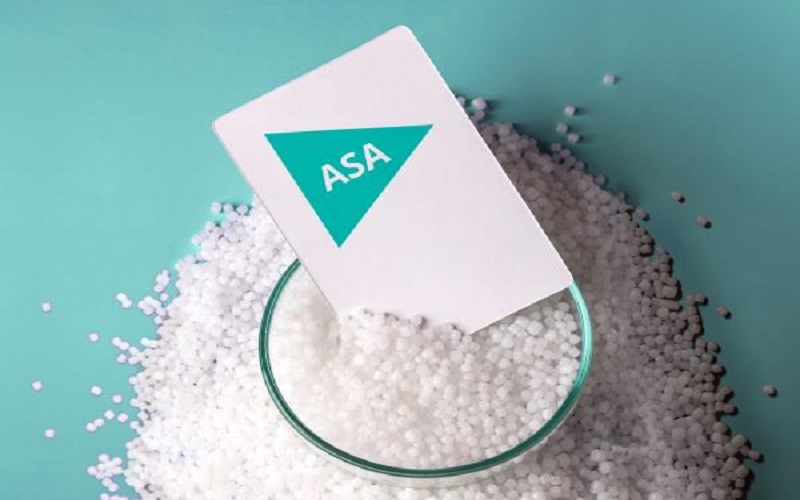
What Is PLA?
PLA, also known as polylactide, is a polyester polymer obtained by polymerizing lactic acid as the main raw material. It is a new type of biodegradable material.
PLA is primarily made from renewable plant resources (such as corn) that provide the starch raw material.
The starch is converted into glucose through saccharification, then the glucose is fermented into high-purity lactic acid using specific strains of bacteria, and finally, PLA of a certain molecular weight is synthesized through chemical methods.
The production process of polylactic acid is pollution-free, and the products can biodegrade, achieving a cycle in nature. Therefore, it is considered an ideal green polymer material.

ASA vs PLA:Physico-chemical Properties
Understanding the properties of plastic materials is key to their correct application.
Therefore, we will systematically compare the performances of ASA and PLA:
1.Mechanical Properties
ASA inherits the excellent mechanical properties of ABS, thus it possesses high strength and toughness, making it perform well in applications that involve impacts and pressure.
PLA has good strength but lacks toughness, easily bending and deforming. It typically requires toughening modifications.
2.Thermal Properties
ASA has a thermal deformation temperature of 85-105°C under a load of 1.86MPa and can be used within the temperature range of -20-75°C, showing relatively good high-temperature resistance.
PLA’s thermal stability is comparable to PVC but lower than PP, PE, and PS plastic.
The processing temperature is generally controlled between 170~230°C, suitable for injection molding, stretching, extrusion, blow molding, and 3D printing processes.
3.Ultraviolet (UV) Resistance
ASA has excellent UV resistance and can maintain its physical and chemical properties under prolonged exposure to UV light.
In contrast, PLA has weak resistance to ultraviolet rays, and prolonged exposure to UV light accelerates the material’s degradation process.
4.Biodegradability
ASA is an anti-static material, thus its surface is smooth and dust-free.
PLA is a biodegradable material that can decompose within a certain period under industrial composting conditions.
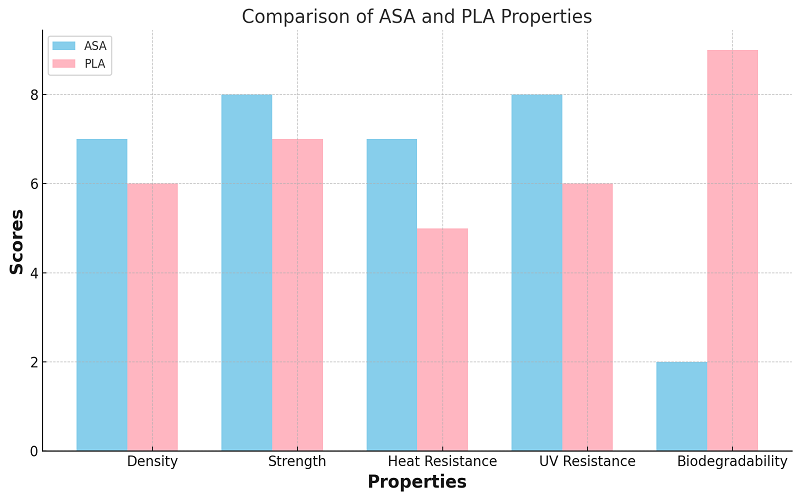
ASA vs PLA:Processing And Manufacturing
Similar to ABS, ASA can be easily processed through various manufacturing techniques such as injection molding, thermoforming, and blow molding.
Injection molding ASA is one of the most common methods for producing ASA plastic parts, especially for mass production. It is also often coextruded with ABS and polycarbonate (PC) to enhance its outdoor corrosion resistance capabilities.
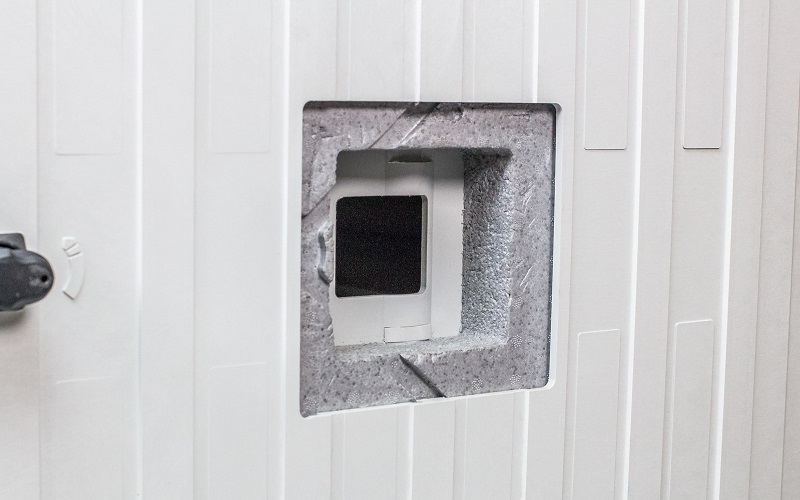
As for PLA, it can also be processed using injection molding and extrusion for the production of plastic films and fibers, but its lower thermal resistance compared to ASA makes it less suitable for high-temperature applications.
In the realm of 3D printing, both ASA and PLA perform distinctly.
Compared to other common 3D printing materials, ASA can withstand higher usage temperatures, meaning that the parts printed can be used in harsher environments.
However, printing with ASA is relatively challenging because it typically requires higher extrusion and heated bed temperatures.
Additionally, ASA is prone to significant warping and shrinkage, so it is recommended to use an enclosed printer and optimized printing settings.
In contrast, printing with PLA tends to result in less warping on the heat bed, allowing for the creation of more complex models and making it more suitable for large-scale models.
PLA is considered a semi-crystalline polymer with a melting temperature between 170-180°C, eliminating the need for a heated tray and enclosed printing chamber.
However, PLA’s characteristics mean that printed parts are brittle and not very strong, and they are sensitive to sunlight and heat.
Therefore, it is more suitable for beginners, especially for making decorative elements, small tools, and toys.
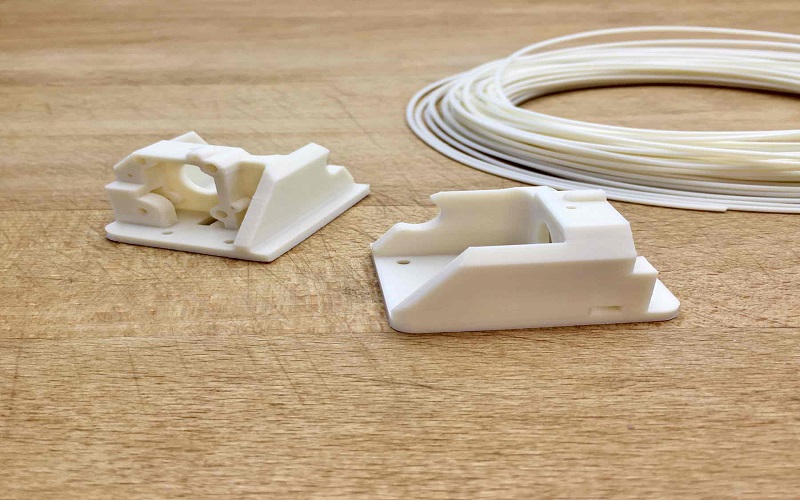
ASA vs PLA:Application
Despite the higher cost and printing challenges of ASA, its exceptional quality makes it ideal for tough and outdoor uses, including outdoor decor, automotive parts, industrial components, and outdoor furniture due to its UV stability and durability.
In contrast, PLA injection molding was initially used in the medical field for products like sutures and pins.
Thanks to its transparency and oxygen barrier properties, it is also suitable for food packaging (disposable tableware), textiles, and agricultural films.
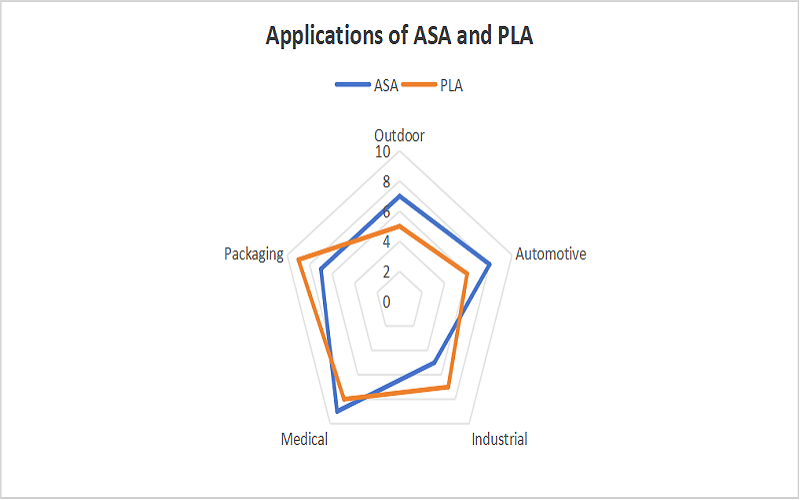
ASA vs PLA:Which Is Safer?
As concerns over plastic toxicity and pollution intensify, considering the safety of using ASA and PLA is essential.
Starting with ASA, which is synthesized from acrylonitrile, styrene, and acrylate, although acrylonitrile and styrene are hazardous substances, they are securely bound within the polymer matrix during the polymerization process and typically do not release harmful substances, making ASA products safe.
Furthermore, ASA’s excellent weather resistance allows its products to withstand prolonged outdoor sunlight and UV exposure without altering their original performance, reducing outdoor use risks.
However, ASA’s non-biodegradability, compared to PLA, lowers its environmental safety.
Nevertheless, proper disposal and recycling can mitigate these concerns.
On the other hand, PLA is made from renewable resources like cornstarch, contains no toxins, and is considered food-grade material, thus commonly used for food packaging and utensils. Moreover, under industrial composting conditions, polylactic acid is biodegradable, decomposing into lactic acid, a naturally safe substance for the environment.
Therefore, in response to the question “Is PLA safe?” the answer is generally affirmative.
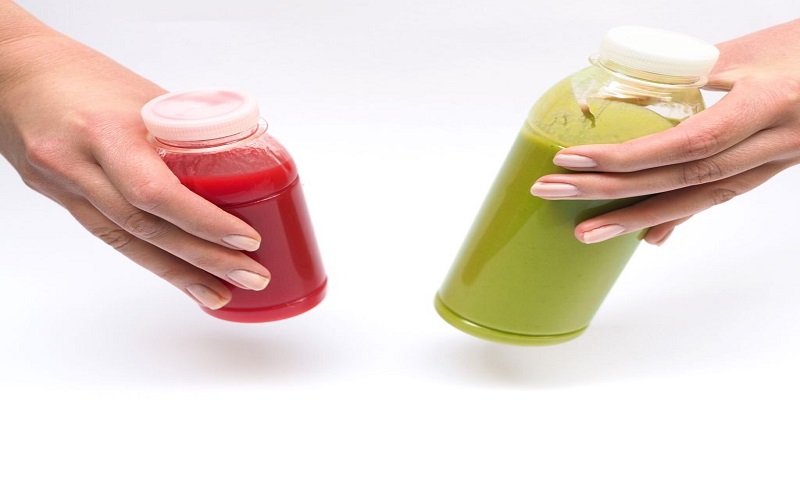
Conclusion
ASA and PLA serve distinct purposes with their unique properties.
ASA is known for its durability and weather resistance, making it ideal for outdoor applications. It’s safe for use, with harmful substances securely bound within its structure.
PLA, on the other hand, is biodegradable and made from renewable resources, posing an eco-friendly option especially suitable for food packaging.
Both materials are considered safe for their intended applications, with PLA offering the added benefit of environmental sustainability.
